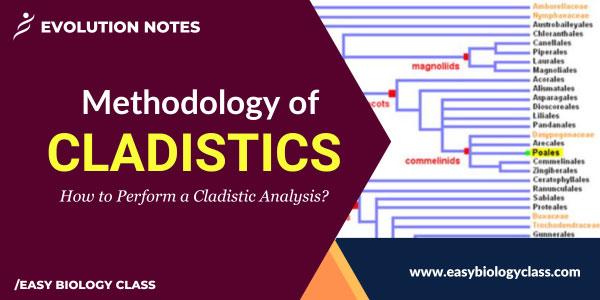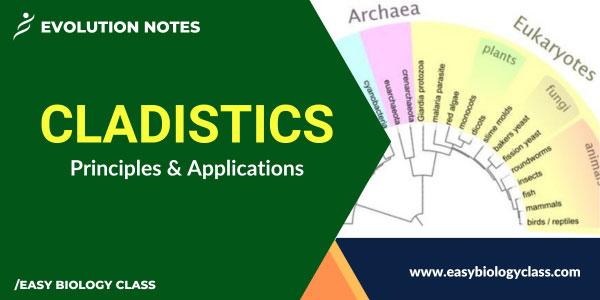Cyanobacteria and bacteria are both prokaryotic single celled microorganisms, but cyanobacteria are a specific group known as blue-green algae. The primary difference is that cyanobacteria can perform photosynthesis due to their chlorophyll-containing cells, while typical bacteria cannot. This ability allows cyanobacteria to produce oxygen and is responsible for their characteristic […]
Continue ReadingCategory Archives: Botany
How to Perform Cladistic Analysis?
Cladistics is a phylogenetic classification method based on shared evolutionary traits, emphasizing common ancestry and phylogenetic relationships among organisms. Performing a cladistic analysis of a group of taxa involves a systematic process of character coding, character state identification, and the construction of a cladogram (phylogenetic tree). Here are the basic […]
Continue ReadingCladistics: Principles and Applications
What is Cladistics? Cladistics is a widely used method in the field of biology for deducing the evolutionary history and relationships among species. This article explores the principles, methods, applications, and significance of cladistics in understanding the complex web of life on Earth with a focus on its historical development, […]
Continue ReadingMCQ on Geological Time Scale (GTS)
MCQ on Geological Time Scale. The geological time scale is a chronological framework used by geologists to categorize and organize Earth’s history into distinct eras, periods, epochs, and ages. It provides a structured way to study and understand the vast expanse of geological time, helping scientists trace the evolution of […]
Continue ReadingMCQ on ABC Model of Flower Development in Plants
The ABC model of flower development is a genetic framework that explains how specific genes control the formation of floral organs in plants. It consists of three classes of genes: A (for sepals and petals), B (for petals and stamens), and C (for stamens and carpels). Combinations of these genes’ […]
Continue Reading




